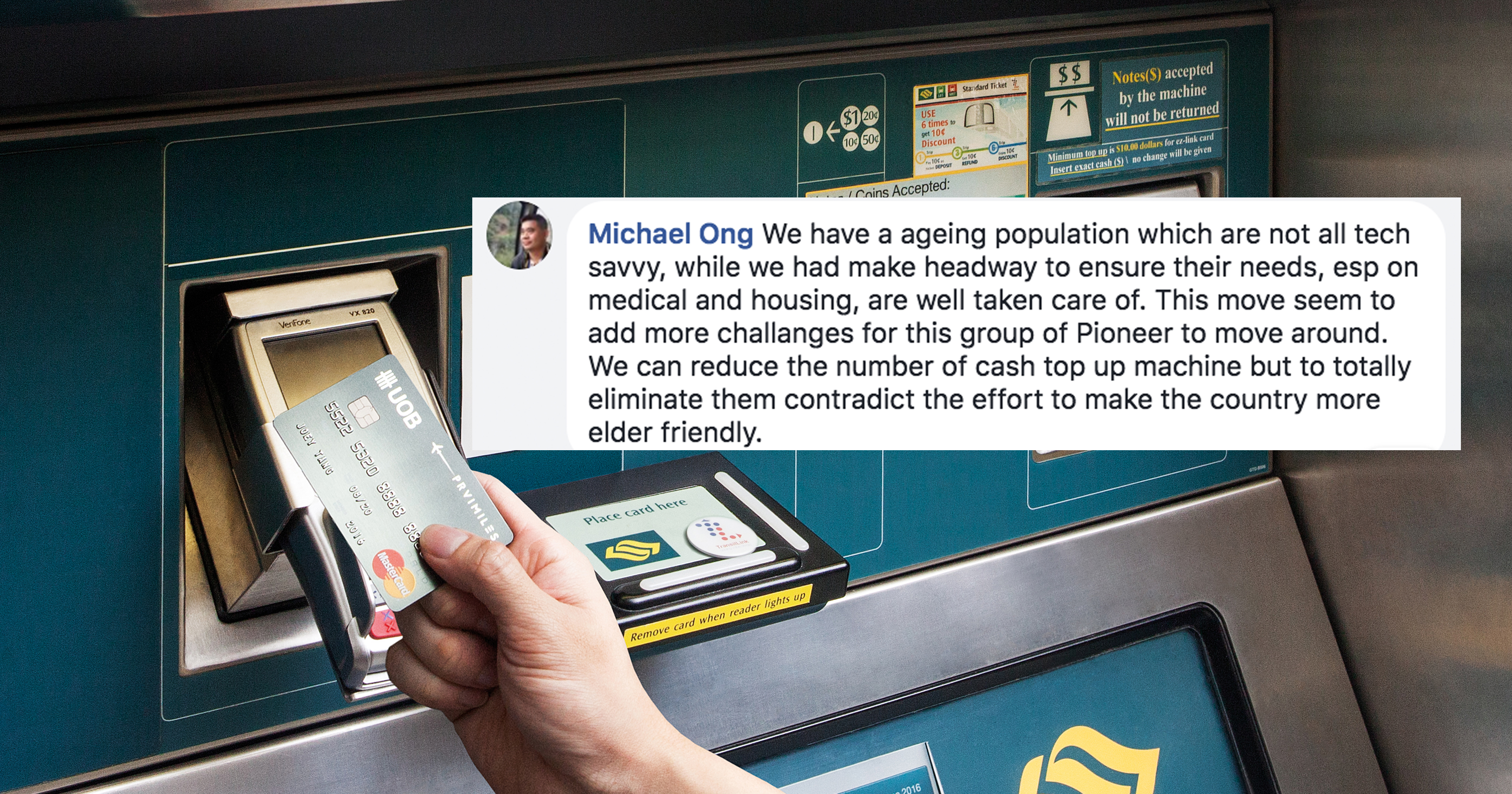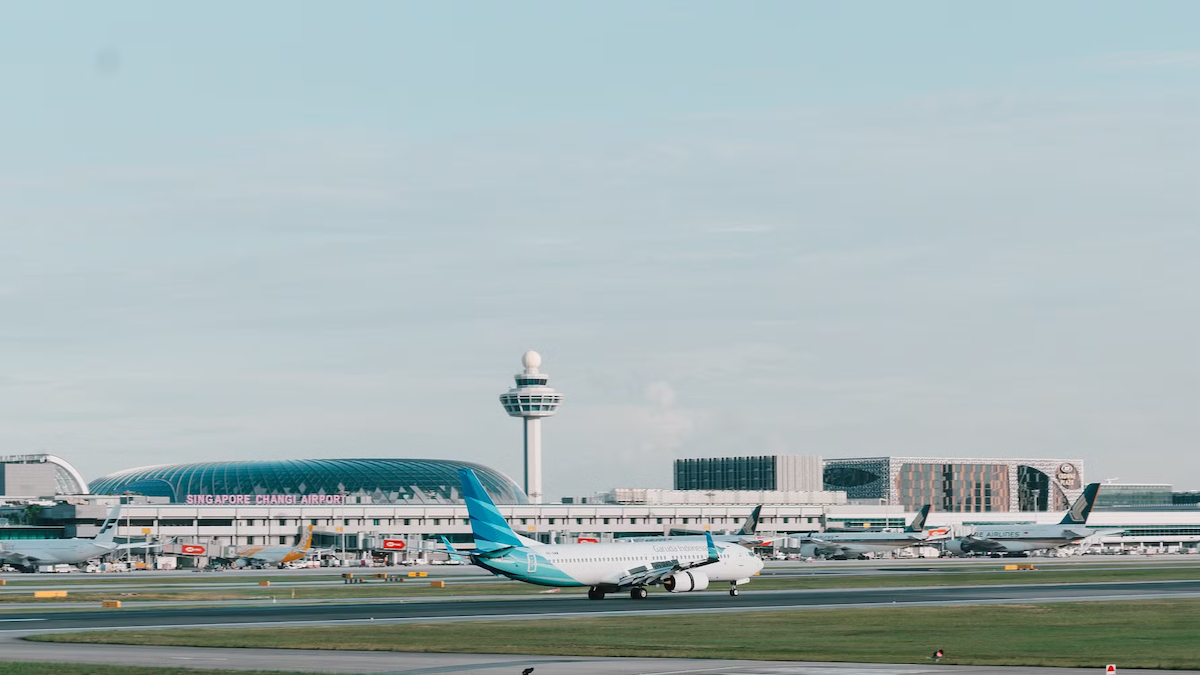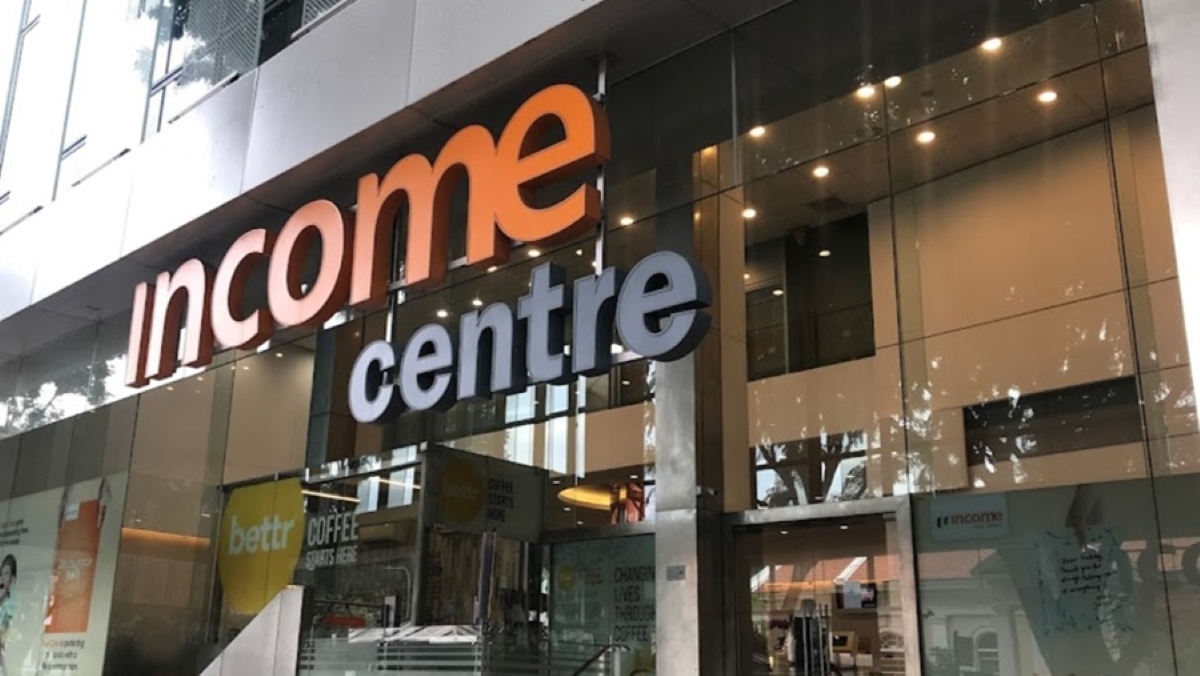This morning, I woke up to my parents discussing about the announcement that cash top-up services at passenger service centres (PSC) are being phased out “completely by next month”.
Once set in motion, those still reliant on cash top-ups would need to either use self-help ticketing machines, or go to convenience stores to add value to their transport cards.
This move towards “weaning commuters off cash when paying for public transport” has actually been happening since last September, when the first batch of 11 MRT stations stopped allowing cash top-ups at PSCs.
Since then, 89 other stations have followed suit, and on 21 Feb (Wed), 24 other stations will do the same.
The remaining 25 stations will have the service removed next month, on 21 Mar.
By 2020, cash payments will be completely phased out at stations, and all machines will only accept top-ups via electronic methods, such as by using NETS or debit and credit cards.
Buses will also stop accepting cash payments.
“But what about the older people who don’t know how to use the machines,” my mum wondered out loud, echoing the fleeting sentiment I had when I first heard the news.
Fleeting, because for a millennial well-acquainted with cashless payments, topping up an EZ Link card is a straightforward, ‘mindless’ process.
I whip out my credit card, tap it onto the reader, and within the minute, complete my transaction.
But something as ‘basic’ as topping up an EZ Link card is not the same for an elderly person, a young student, or a special needs person.
Those who still rely on notes and coins to pay for their daily cai png; those who find withdrawing money from an ATM a daunting, complicated process.
To this, a TransitLink spokesman revealed that it has a “pool of more than 150 service agents who will be deployed for up to two months at the affected stations to help commuters use the ticketing machines”.
However, it has been pointed out that it’s much more than just getting around the problem of using the machines.
Someone interviewed by The Straits Times revealed that he mistakenly added $50 to his card because he thought the machine would return the change to him.
“Now, I have to make sure I prepare the small change of $10.”
Another interviewee also shared that she has “resigned to paying” the 50-cent fee for top-up transactions at convenience stores.
Not All S’poreans Are Ready For A Fully-Cashless Nation
An overwhelming majority of comments on Facebook leaned towards how this move to a fully-cashless public transport system is detrimental for the pockets of Singapore society, particularly the elderly who aren’t tech-savvy or literate.





Some also brought up that cash is still the easiest, safest way for tourists to purchase travel cards or take public transport – given that they might not feel secure using their credit cards in a foreign country.


How Will It All Pan Out?
Perhaps all the opposition right now will fade away when the move is final.
Perhaps many are underestimating the ability of older Singaporeans to pick up cashless payments.
Or perhaps there’ll be tweaks made to ensure that cashless payments are far easier to navigate for the unacquainted.
But eventually, all we can hope for is that the switch will actually be beneficial for all groups of Singapore society – not just those who are privileged enough to be educated and in the know.
What do you think about this announcement? Let us know!








